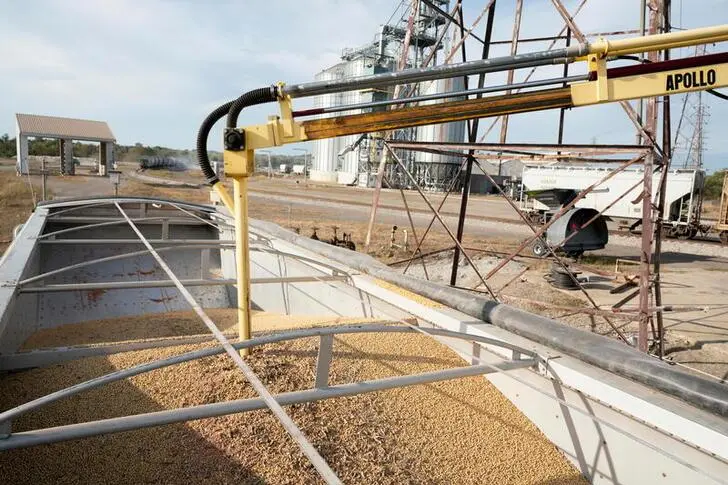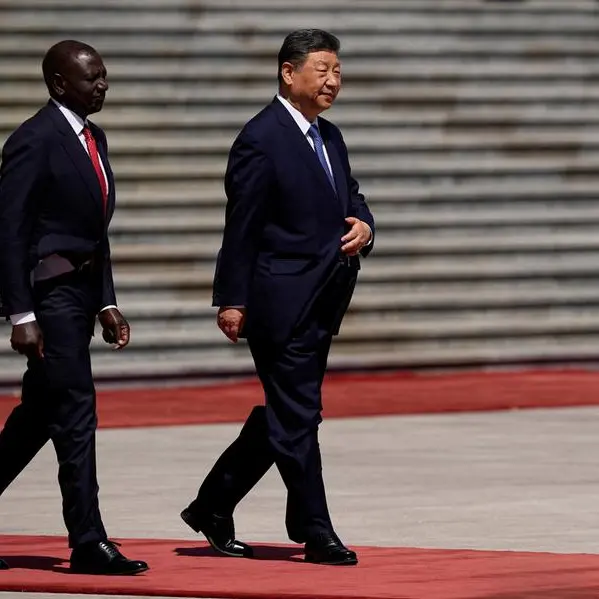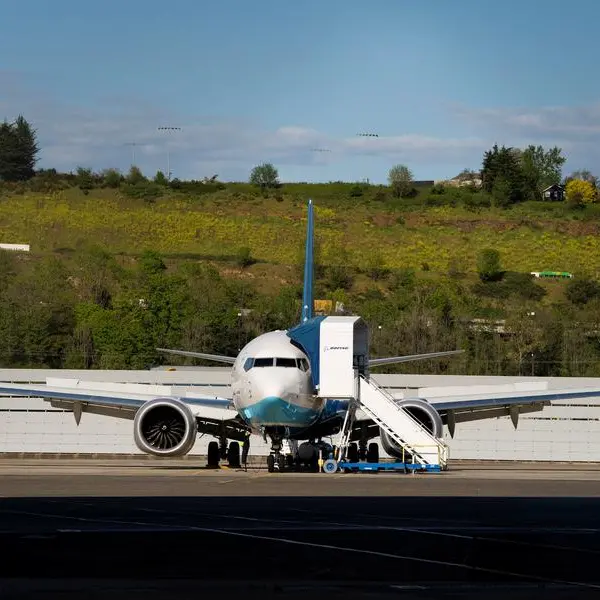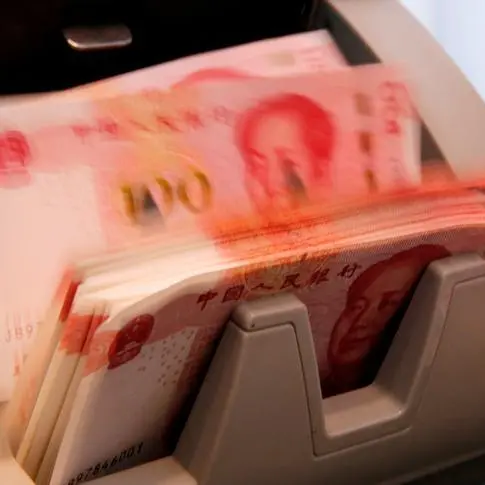PHOTO
Image used for illustrative purpose only. A soybean delivery is sampled during harvest season at Deerfield AG Services grain elevator facility in Massillon, Ohio, U.S., October 7, 2021. Picture taken October 7, 2021. REUTERS/Dane Rhys
BEIJING - China's soybean imports in March tumbled to their lowest for the month in four years, data showed on Friday, as high prices and poor hog margins discouraged crushing for feed consumption.
Total imports for the month came to 5.54 million metric tons, down nearly 20% from the same period last year, according to the General Administration of Customs.
Soybean arrivals into the world's top soybean buyer in January-March amounted to 18.58 million tons, shrinking 10.8% from 20.83 million tons in the same quarter last year, the data also showed.
That is the lowest first quarter import figure since 2020, in line with forecasts by analysts and traders for first-quarter arrivals to reach 18-19 million metric tons.
This reflects the reality that China's soybean demand is relatively weak due to poor profits at the livestock sector affecting demand for soymeal, said Liu Jinlu, agricultural researcher at Guoyuan Futures.
"The high cost of imported soybeans this year has also impacted the incentive for Chinese buyers to import soybeans," she said.
China buys soybeans to crush into meal for animal feed and oil for cooking.
Soybean imports are expected to jump in the second quarter after the completion of the harvest season in Brazil.
"We believe the imports will still continue to grow this year, but the growth rate will decrease as China's feed demand is weak, and consumer consumption is also weak," said Rosa Wang, analyst at Shanghai-based agro-consultancy JCI.
China's cereal and oilseed imports are expected to remain near record highs this year despite a recent spate of cancellations as lower global prices and a domestic output shortfall prompt purchases.
Brazil's soybean harvest for the 2023/24 cycle had reached 78% of the planted area as of last Thursday, agribusiness consultancy AgRural said on Monday.
A record soybean harvest in Brazil's southernmost state should offset losses in the drought-hit centre west, keeping a lid on prices in the world's largest producer and exporter and slowing the pace of sales, according to local farmers and cooperatives.
(Reporting by Mei Mei Chu; Editing by Peter Graff and Jacqueline Wong)























